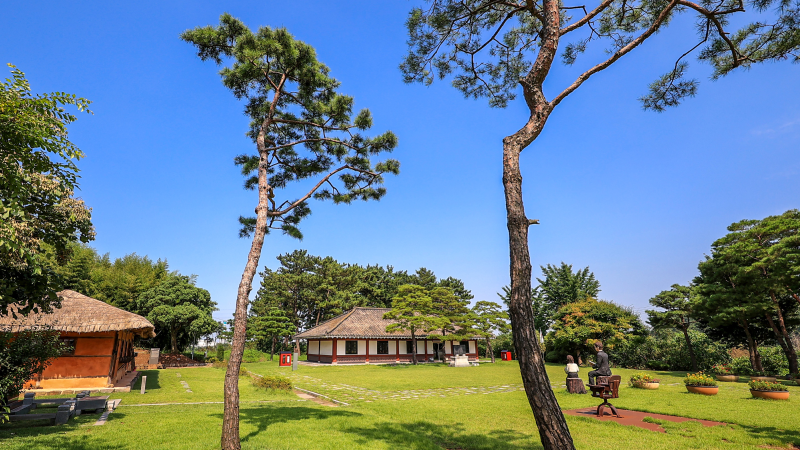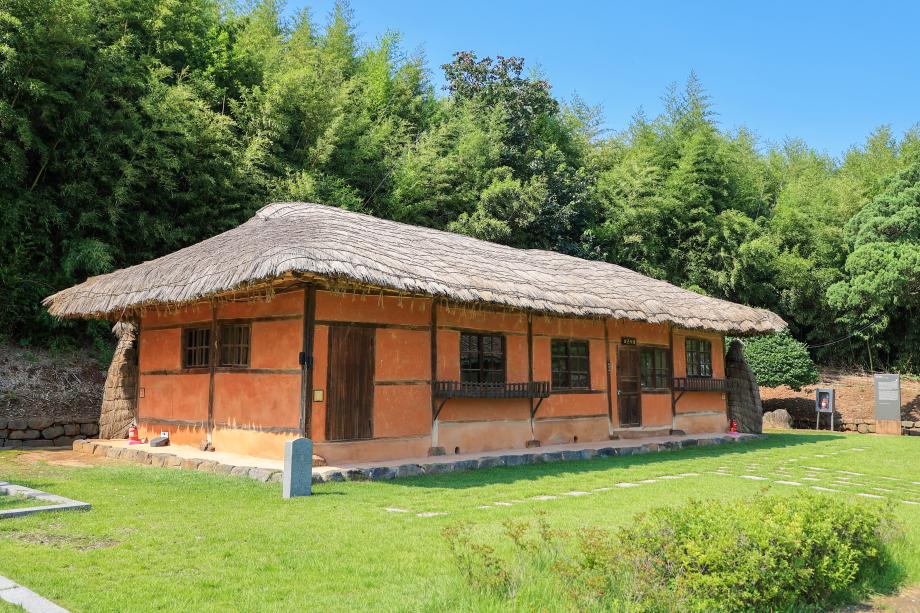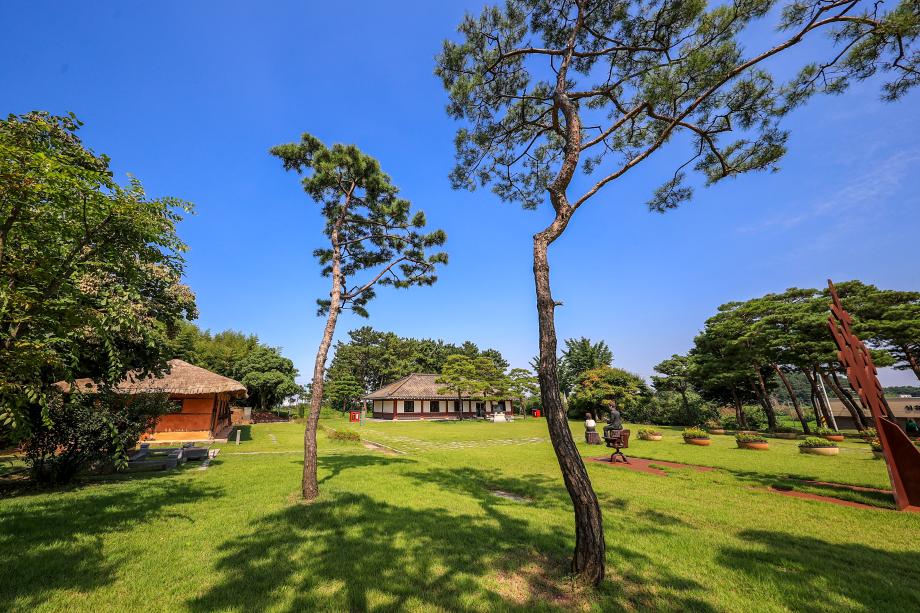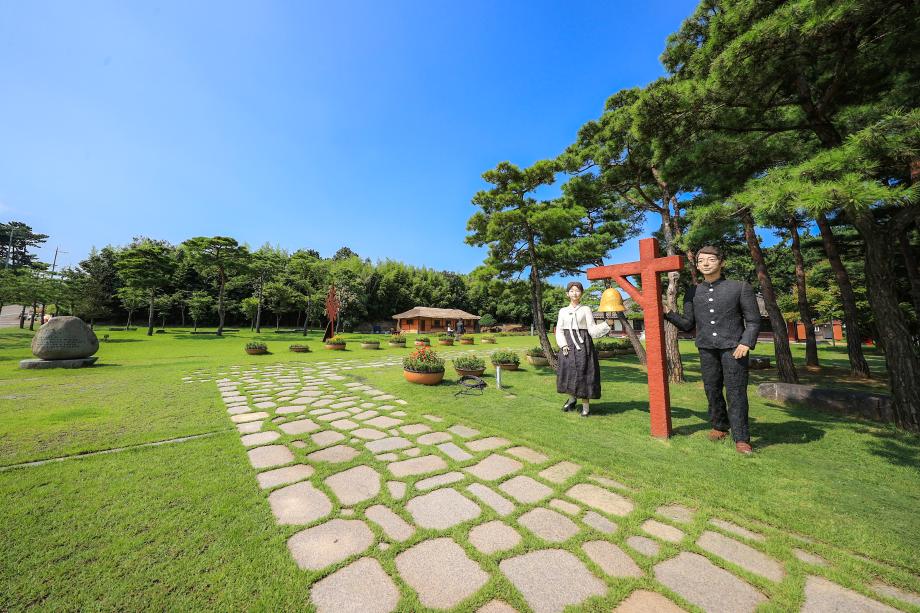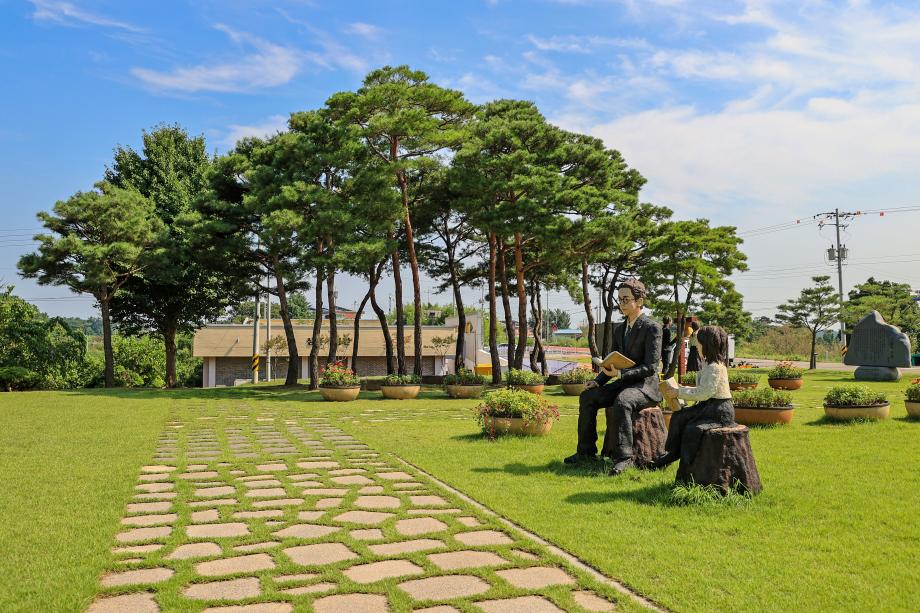본문 시작
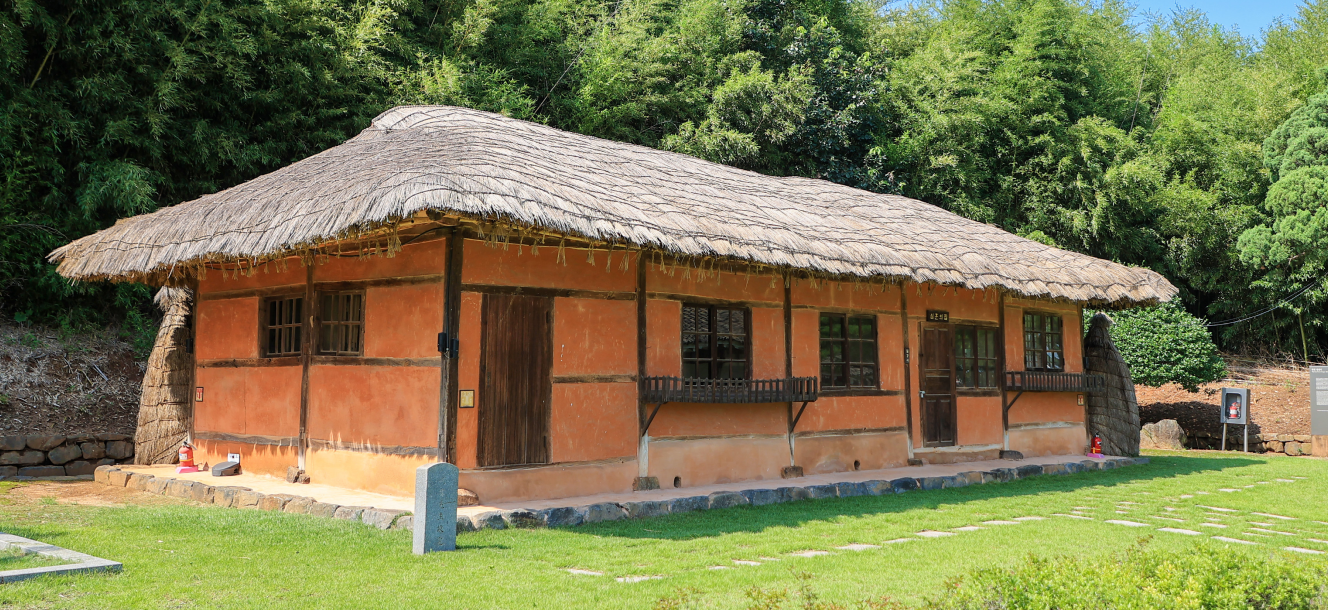
Songak-eup, Dangjin-si, Chungcheongnam-do, South Korea
Introduction
In 1932 as Japanese oppression intensified, the novelist and poet Sim Hun moved from Seoul to Bugok-ri, Songak-eup, Dangjin, Chungcheongnam-do, where his parents were living. Here, he used his royalties to design and build a house by himself while serializing the full-length novel “Jiknyeoseong (Vega).” This house that he built is ‘Pilgyeongsa House’.
After only 53 days of writing, Sim Hun published the full-length novel “Sangnoksu” (Evergreen Tree), in Pilgyeongsa on May 4, 1935, and entered it into, and subsequently won, the full-length novel contest held to commemorate the 15th anniversary of the establishment of Dong-A Ilbo, a major Korean newspaper. Pilgyeongsa House, listed as Chungcheongnam-do's Designated Monument No. 107, is a place where Sim Hun's literary soul resides. The name ‘Pilgyeong’ means “cultivating the field (Gyeong) with a brush (Pil),” and is said to originate from the name of his own literary collection called “the Pilgyeongsa Collection”. Pilgyeongsa House is a straw-thatched house that exudes a warm rustic atmosphere. It has 5 rooms on the front and 2 rooms to the side. Although it looks like a traditional straw-thatched house, the interior was planned to follow the functioning of 1930s urban housing. There is a thick bamboo forest behind Pilgyeongsa House, and Sim Hun's refined sensibilities are reflected in the house having a small veranda for potted plants. In recognition of its historical value, the house was designated as a Chungcheongnam-do Monument in December 1997.
The Sim Hun Memorial Museum
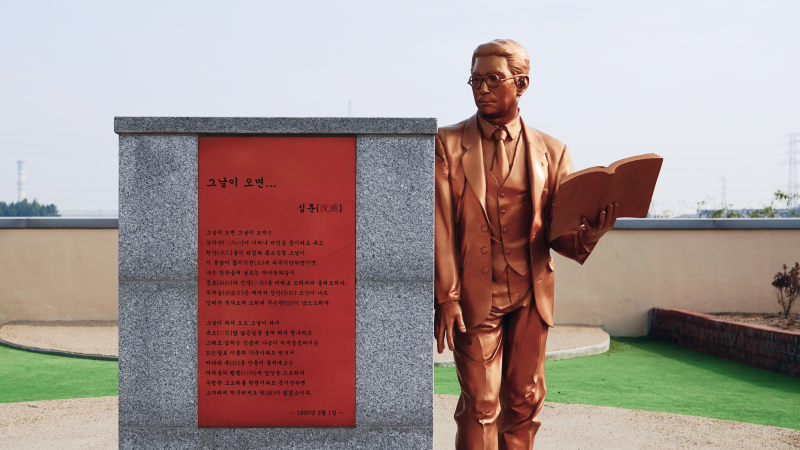
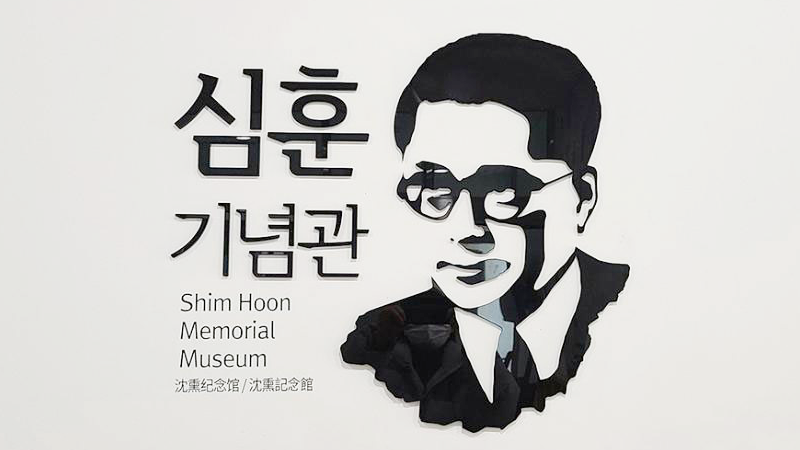
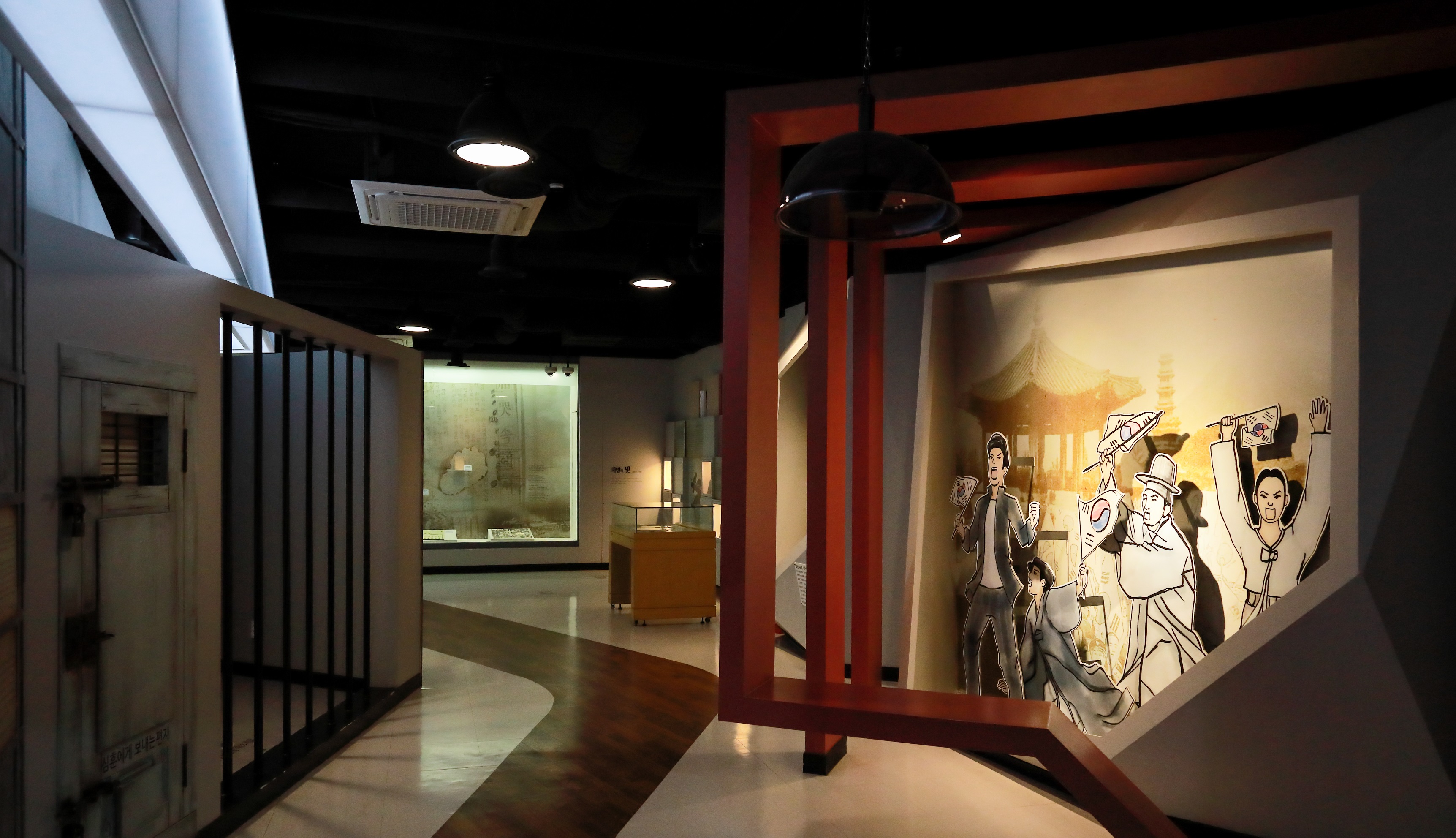
At the Sim Hun Memorial Museum, located right next to Pilgyeongsa House, you can look into Sim Hun’s literary world
